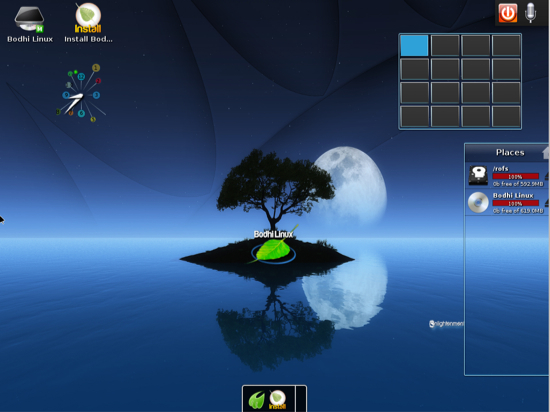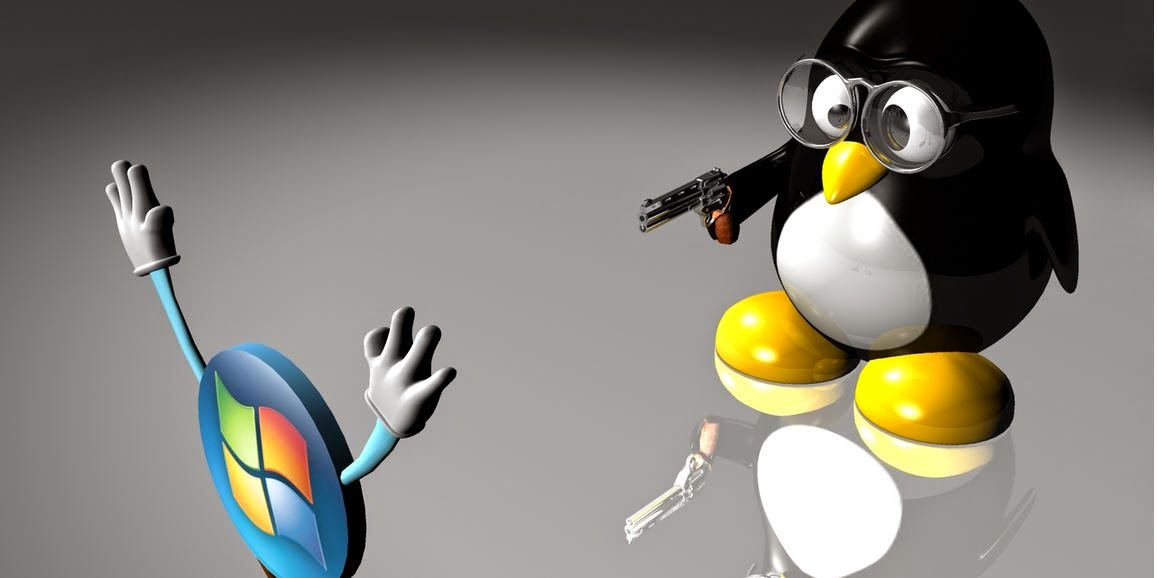Late last Friday, Apple released iOS 7.0.6, a software patch designed to fix a problem with how iOS 7 validates SSL certificates. If your iPhone, iPad, or iPod touch is running iOS 7, you've probably seen the red alert affixed to the Settings icon—do not ignore it!
Certificate validation plays an extremely important role in establishing secure sessions, as this is how a site or device verifies that the information is coming from a trusted source. By validating the certificate, Gmail, Facebook, and online backing sites know that the request is coming from you, and is not a spoofed attacker request.
Those with malicious intent can use the exploit to eavesdrop on your iPhone, iPad, and iPod touch activity. Security experts who are familiar with these types of "middlemen" breaches have stated that those with ill will can read (and possibly modify!) what would normally be secure messages. You do not want that.
Immediately secure your mobile device by downloading iOS 7.0.6, which is available for iPhone 4 (and later), 5th-generation iPod touch, and iPad 2 (and later). Here's how to do it.
1.Tap "Settings."
2. Once you're inside the Settings area, tap "Software Update."
3. You'll see the iOS 7.0.6 update information that lists the size of the download (16.6MB) and what it repairs (SSL verification). Click "Download and Install" to continue.
4. A "Terms and Conditions" window opens. After reading it (or completely glossing over it), tap "Agree" to begin the download.
5. Roughly three minutes later—BAM!—the software download is complete.
Your iPad will auto-reboot to install the update. Please remember to keep your operating system up to date.
Certificate validation plays an extremely important role in establishing secure sessions, as this is how a site or device verifies that the information is coming from a trusted source. By validating the certificate, Gmail, Facebook, and online backing sites know that the request is coming from you, and is not a spoofed attacker request.
Those with malicious intent can use the exploit to eavesdrop on your iPhone, iPad, and iPod touch activity. Security experts who are familiar with these types of "middlemen" breaches have stated that those with ill will can read (and possibly modify!) what would normally be secure messages. You do not want that.
Immediately secure your mobile device by downloading iOS 7.0.6, which is available for iPhone 4 (and later), 5th-generation iPod touch, and iPad 2 (and later). Here's how to do it.
1.Tap "Settings."
2. Once you're inside the Settings area, tap "Software Update."
3. You'll see the iOS 7.0.6 update information that lists the size of the download (16.6MB) and what it repairs (SSL verification). Click "Download and Install" to continue.
4. A "Terms and Conditions" window opens. After reading it (or completely glossing over it), tap "Agree" to begin the download.
5. Roughly three minutes later—BAM!—the software download is complete.
Your iPad will auto-reboot to install the update. Please remember to keep your operating system up to date.



